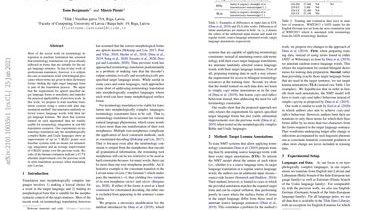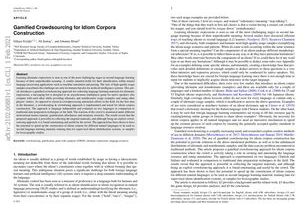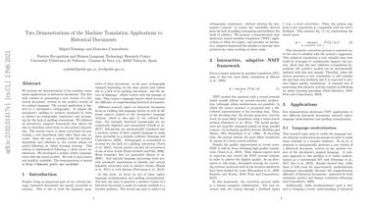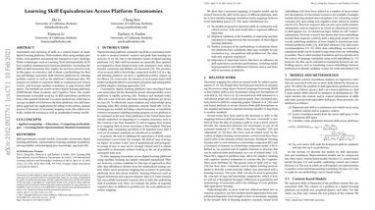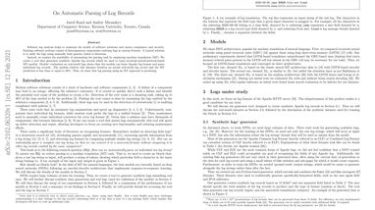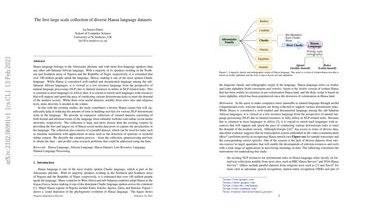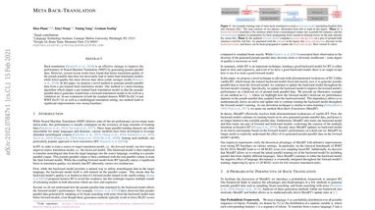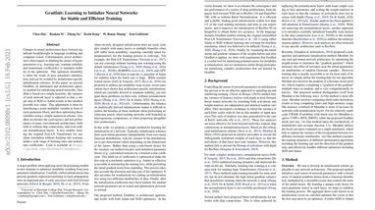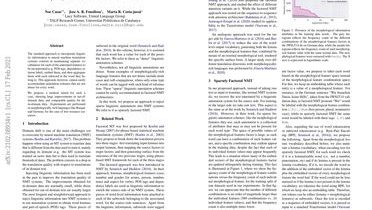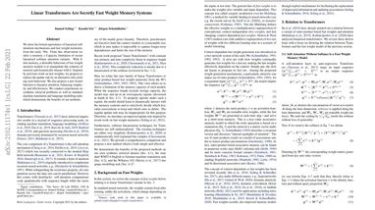Facilitating Terminology Translation with Target Lemma Annotations
Most of the recent work on terminology integration in machine translation has assumed that terminology translations are given already inflected in forms that are suitable for the target language sentence. In day-to-day work of professional translators, however, it is seldom the case as translators work with bilingual glossaries where terms are given in their dictionary forms; finding the right target language form is part of the translation process… We argue that the requirement for apriori specified target language forms is […]
Read more